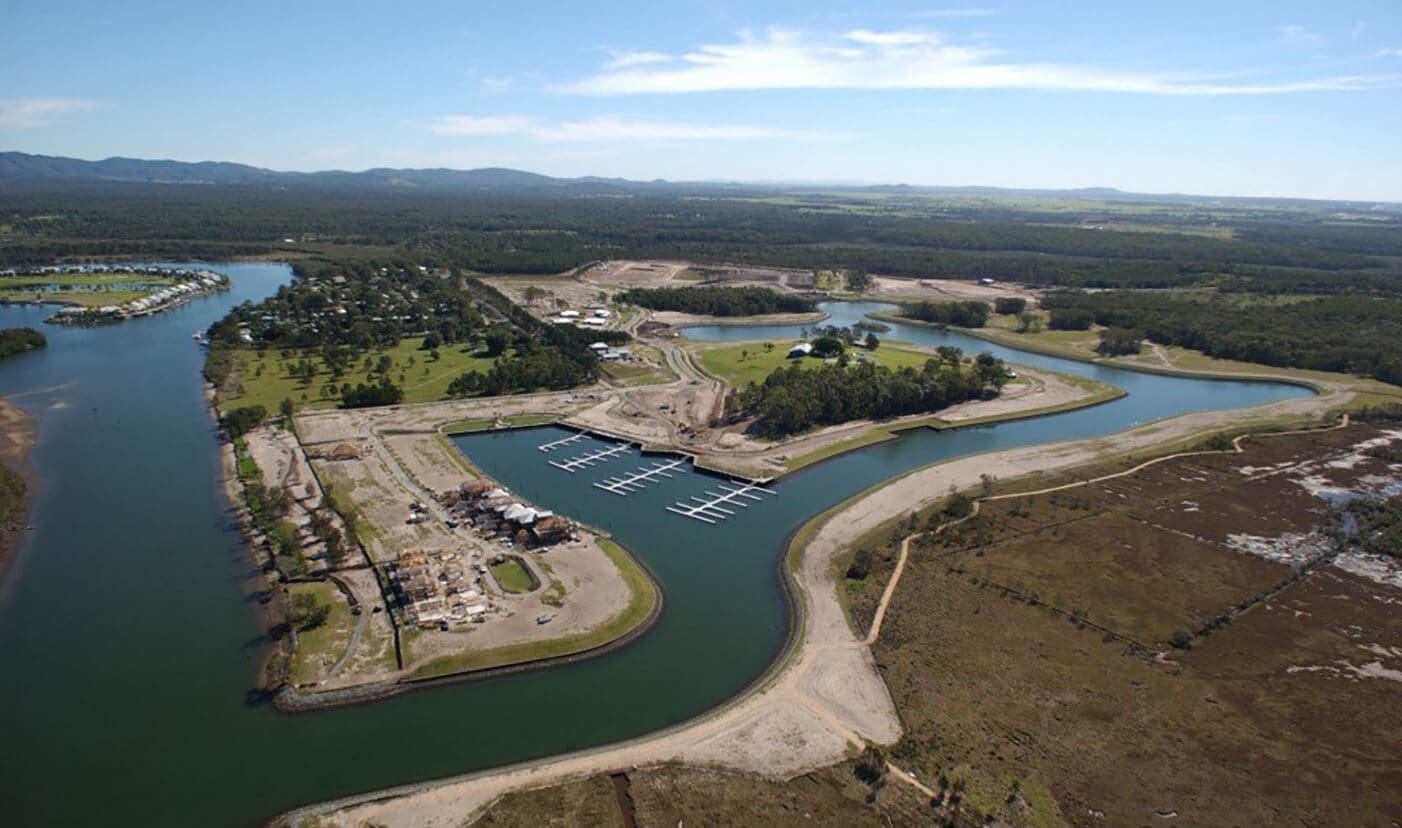All vacuum sewer systems operators should ensure vacuum interface valves are independently certified and they comply with the most important tests under the standards.
Flovac’s Valves and Controllers have independent certification for Australian Standard AS 4310-2204; EN16932-2018, ITB AT-15-7652/2013 and EN-1091. These include;
- An endurance test which is a 250,000 cycle test. The average valve usually does 80 cycles per day or 30,000 cycles per year. Flovac has also had independent certification of achieving 700,000 cycles. The 700,000 cycle test represents 23 years of normal use.
- The valve also needs to pass the submergence test to show how it can still operate when submerged in sewage or water. Read Here.
- The valve is also required to pass the Resistance to Blockage Test
Flovac’s valve is the only vacuum valve on the market with CE – Marking and is tested to 700,000 compliance. We can supply copies our certificates.
Our production facility is fully certified ISO 9001:2008 for quality management, ISO 14001 environmental and ISO 45001 for health and safety.
Our valve and controller both interface seamlessly with Flovac’s monitoring systems. What’s more, our monitoring system can easily identify part wearing, malfunctions and can even operate the valve remotely or via a program if required by the operator.
We’ve ensured the Flovac Valve has easy access in the collection pit. Each Valve comes with a 50-year design life. What’s more, only a small number of parts need to be replaced every ten years and no special equipment is required for maintenance.
Flovac has also developed a 2 inch (50mm) vacuum valve for use in retrofitting older systems which were built prior to current standards requirements for 3 inch (80mm) valves only in municipal systems. You can read about the 2 inch valve development here.








